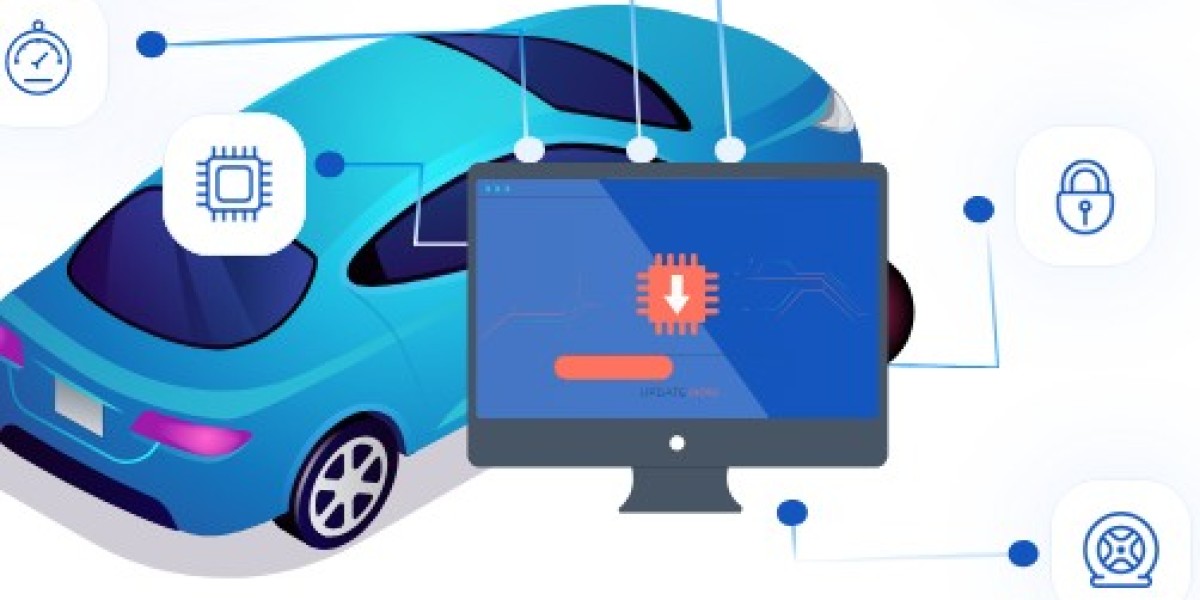One of the most exciting developments is the emergence of connected automotive solutions, which are revolutionizing the way we interact with vehicles and experience mobility. From enhanced safety features to personalized driving experiences, connected automotive solutions are reshaping the future of transportation.
What are Connected Automotive Solutions?
Connected automotive solutions refer to technologies that enable vehicles to communicate with each other, with infrastructure, and with external systems. These solutions leverage Internet of Things (IoT) technology to collect and exchange data, enabling a wide range of functionalities and services. Key components of connected automotive solutions include:
Vehicle Connectivity: Vehicles equipped with embedded sensors, GPS, and communication modules can connect to the internet and exchange data with other vehicles, roadside infrastructure, and cloud-based platforms.
Telematics: Telematics systems enable the remote monitoring and tracking of vehicles, providing real-time information on location, performance metrics, and diagnostic data.
Infotainment Systems: Advanced infotainment systems offer a wide range of multimedia and connectivity features, including navigation, streaming music, voice recognition, and smartphone integration.
Safety and Driver Assistance: Connected vehicles can enhance safety through features such as collision avoidance systems, adaptive cruise control, lane departure warnings, and emergency assistance services.
Fleet Management: For commercial vehicles, connected solutions enable fleet managers to monitor vehicle performance, optimize routes, manage fuel consumption, and track driver behavior.
Benefits of Connected Automotive Solutions
Improved Safety: Connected vehicles can communicate with each other to alert drivers of potential hazards, such as accidents, road closures, or adverse weather conditions, enhancing overall safety on the road.
Enhanced Convenience: With features like remote vehicle monitoring, keyless entry, and automatic parking assistance, connected automotive solutions offer greater convenience and ease of use for drivers.
Optimized Efficiency: Connected vehicles can provide valuable data on fuel consumption, vehicle performance, and driving patterns, enabling drivers to optimize their routes and reduce emissions.
Personalized Experiences: By analyzing driver preferences and behavior, connected automotive solutions can deliver personalized experiences, such as customized navigation routes, in-car entertainment recommendations, and targeted promotional offers.
Reduced Downtime: Telematics systems enable proactive maintenance by alerting drivers and fleet managers of potential issues before they escalate, minimizing vehicle downtime and costly repairs.
Use Cases of Connected Automotive Solutions
Connected Navigation: Vehicles equipped with GPS and real-time traffic data can provide drivers with dynamic routing information to avoid congestion and reduce travel time.
Vehicle Diagnostics: Remote diagnostics systems can monitor vehicle health in real-time, alerting drivers and service centers of maintenance issues and scheduling repairs as needed.
Emergency Assistance: Connected vehicles can automatically notify emergency services in the event of an accident, providing precise location information and facilitating faster response times.
Smart Charging: Electric vehicles equipped with connected charging stations can optimize charging schedules based on electricity rates, grid demand, and vehicle usage patterns.
Car Sharing and Mobility Services: Connected automotive solutions enable car-sharing platforms and ride-hailing services to manage fleets, track vehicles, and provide seamless experiences for users.
Conclusion
Connected automotive solutions represent a transformative shift in the way we think about transportation. By harnessing the power of connectivity, data, and intelligence, these solutions are unlocking new possibilities for safety, efficiency, and convenience on the road. As technology continues to evolve, we can expect connected vehicles to play an increasingly integral role in shaping the future of mobility.







